The Complete Guide to SaaS Pricing Strategy
Tom Tunguz
FEBRUARY 26, 2025
But throughout this turmoil, startups must adopt a process to craft a good pricing strategy, and re-evaluate prices periodically, at least once per year. Many infrastructure as a service companies do this. Contract Length Many SaaS startups launch with monthly pricing which encourages customers to try the product and engenders demand.

























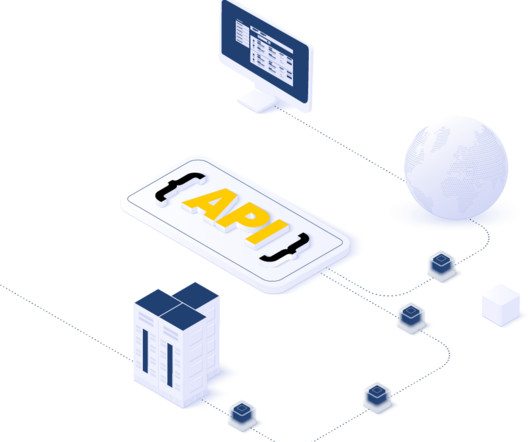


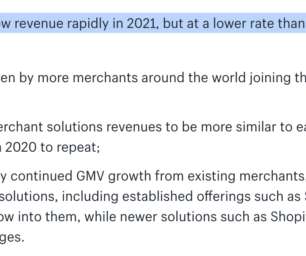

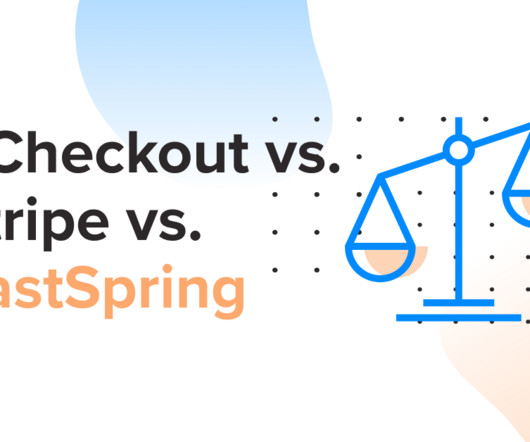

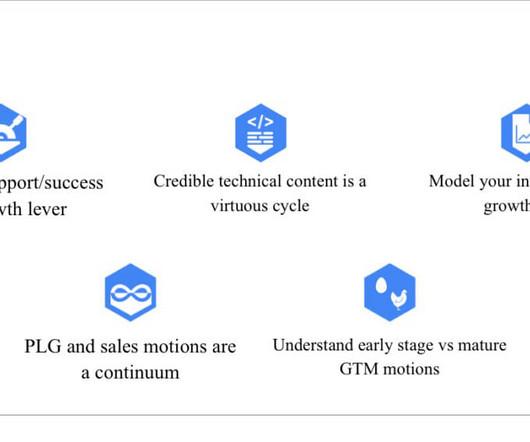
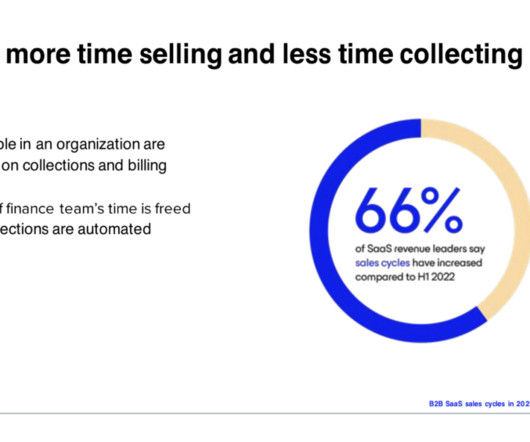

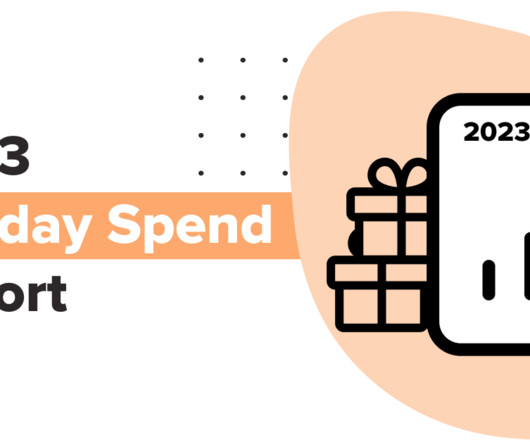






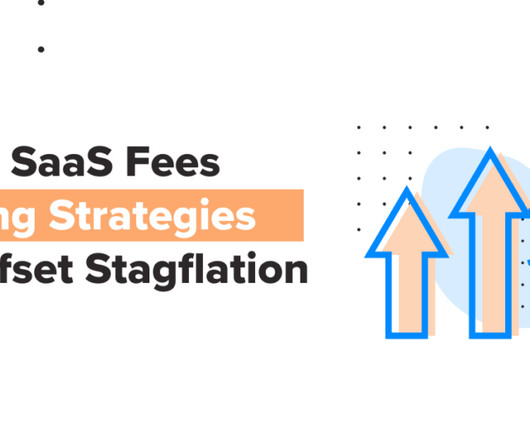

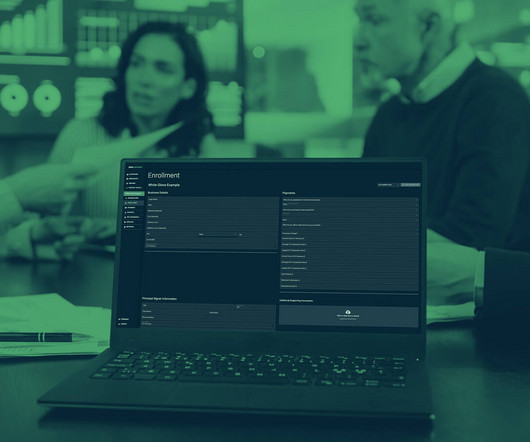








Let's personalize your content